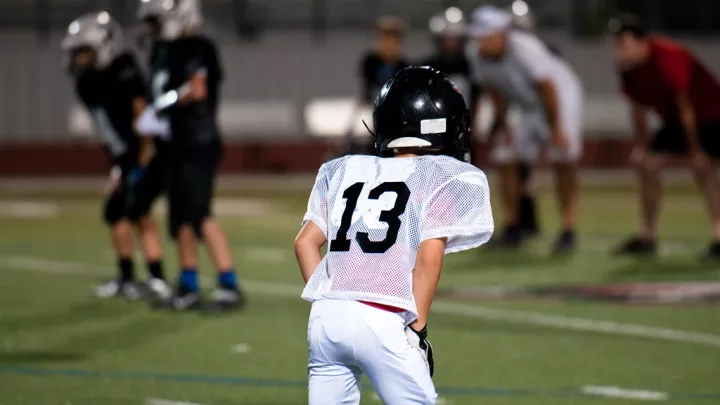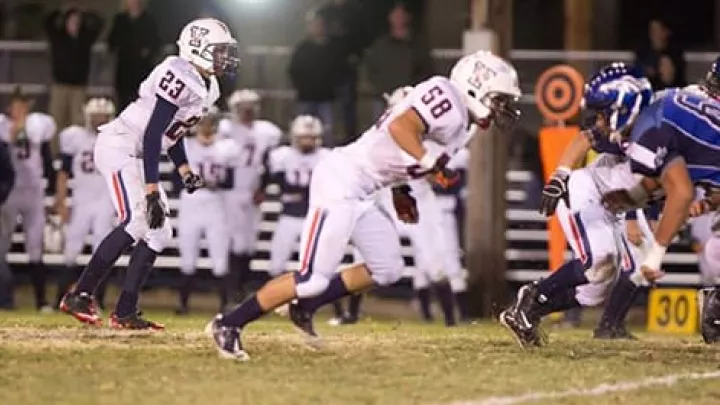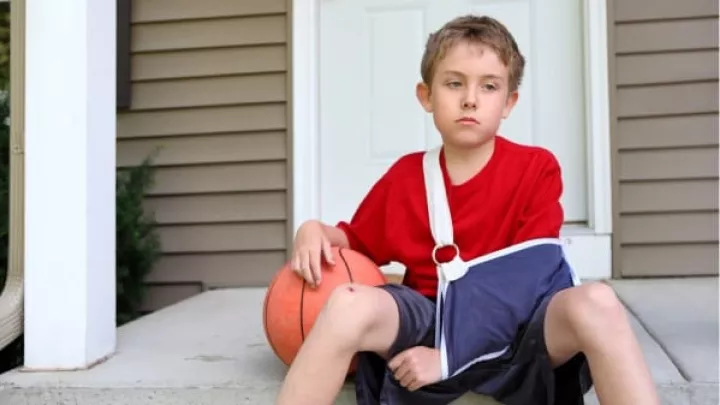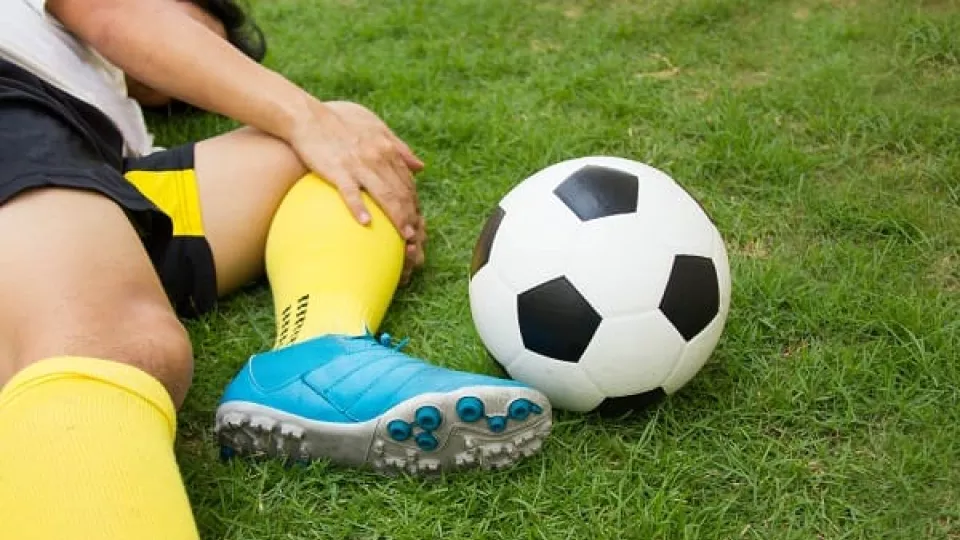
Knee Injuries: Causes and Symptoms
Some of my fondest childhood memories involve playing basketball. I started playing competitive sports when I was about eight years old. I played on teams at my local park and recreation center and then quickly moved up to private travel league teams and in high school. I played basketball for so many years, I cannot count the injuries I’ve had including sprained ankles, a few concussions and many cuts and bruises to name a few.
But there is one particular injury I had during my sophomore year of high school that I will never forget. It was the day I tore my anterior cruciate ligament (ACL) in my left knee. The ACL is a rubber band-like fiber that helps provide stability to your knee joint.
Many kids and adults have active lifestyles and ACL knee injuries are common. According to a clinical review on ACL tears in pediatrics, more than 250,000 ACL injuries occur annually in young, active individuals in the United States. Yet, knee injuries don’t only happen in athletes, they can happen to anyone. There are ways you can prevent knee injuries for you and your family, which I’ll cover in my next blog post featuring expert tips from Tracy Zaslow, MD, Medical Director, Children’s Orthopaedic Center (COC) Sports Medicine and Concussion Programs.
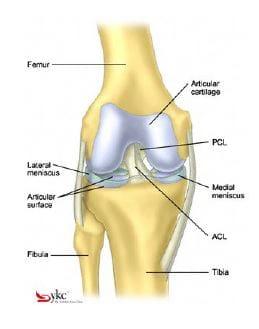
How Do ACL Knee Injuries Happen?
An ACL is most commonly injured during high-intensity sports that involve swerving and pivoting such as soccer, skiing, basketball, gymnastics, volleyball and football. ACL injuries can happen to anyone and do not require player-on-player contact. For example, the American Academy of Orthopedic Surgeons states that 70 percent of ACL knee injuries in athletes happen through non-contact experiences during a sport. Whether you or your child is an athlete or not, here are a few ways ACLs become injured:
- Changing direction rapidly
- Stopping suddenly
- Slowing down while running
- Landing incorrectly while jumping
- Direct contact or collision, such as a football tackle
Signs of an ACL Knee Injury
The ACL can tear when extra stress is placed on the knee and it is forced to move out of place. When this happens, the ligaments holding the femur and tibia together can become stretched too far and become torn. If your child’s ACL is torn, they will experience some of these symptoms:
- Audible “popping” noise from the injured knee
- Instability of the knee
- Intense pain
- Swelling of the knee
- Inability to walk or put weight on the injured leg
- Loss of full range of motion
I can still close my eyes and picture the day I injured my knee and how I felt. We were doing a drill in basketball practice and I heard a loud “pop.” I could feel my knee move out of its joint in a direction that I knew it was not supposed to. In the midst of my crying and the intense pain I felt all I could think of was, “just please let me get up and keep playing.” My knee immediately swelled up like a balloon and I could not walk. I was done with the season.
But I recovered! It took some hard work and recovery. I hope what I learned in my experience and as a nurse in Children’s Hospital Los Angeles Acute Inpatient Rehabilitation Unit can help your child’s knees stay healthy and happy.
